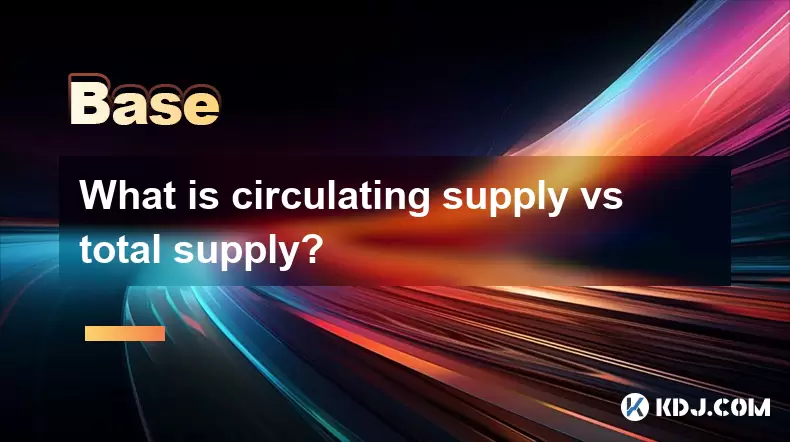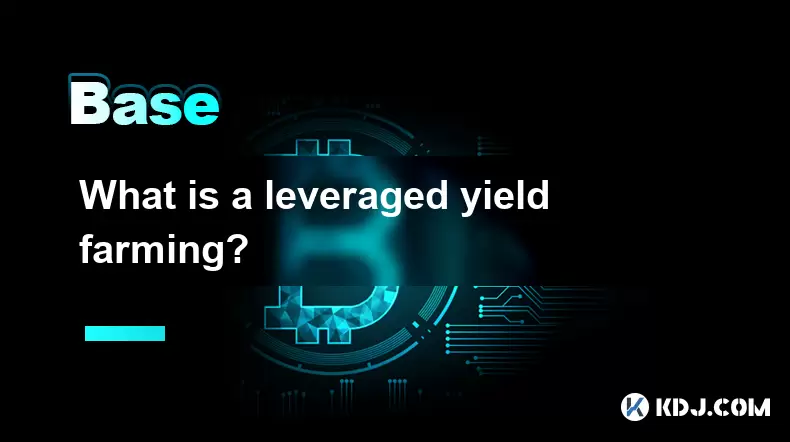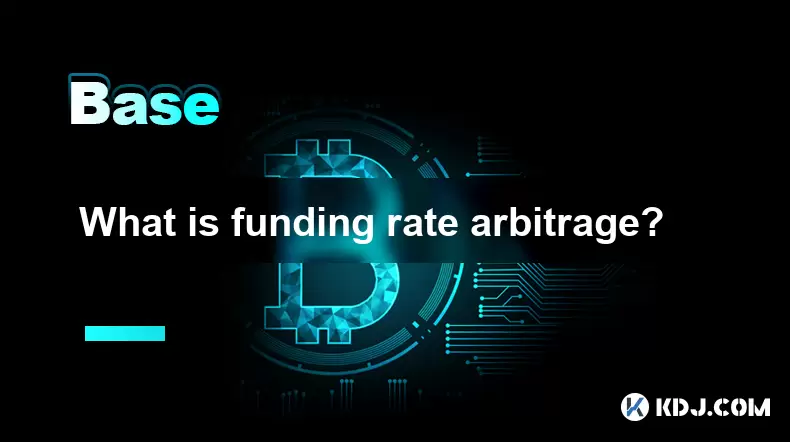-
 Bitcoin
Bitcoin $108,043.3894
-1.71% -
 Ethereum
Ethereum $2,519.1878
-3.09% -
 Tether USDt
Tether USDt $1.0004
-0.01% -
 XRP
XRP $2.2231
-2.72% -
 BNB
BNB $655.3607
-1.06% -
 Solana
Solana $148.3620
-2.84% -
 USDC
USDC $1.0000
0.00% -
 TRON
TRON $0.2838
-0.37% -
 Dogecoin
Dogecoin $0.1648
-4.79% -
 Cardano
Cardano $0.5759
-3.97% -
 Hyperliquid
Hyperliquid $38.4598
-5.19% -
 Sui
Sui $2.9005
-4.22% -
 Bitcoin Cash
Bitcoin Cash $481.1531
-3.80% -
 Chainlink
Chainlink $13.1936
-4.50% -
 UNUS SED LEO
UNUS SED LEO $9.0471
0.41% -
 Avalanche
Avalanche $17.9444
-4.20% -
 Stellar
Stellar $0.2378
-2.60% -
 Toncoin
Toncoin $2.7850
-3.38% -
 Shiba Inu
Shiba Inu $0.0...01148
-3.75% -
 Litecoin
Litecoin $87.3159
-3.73% -
 Hedera
Hedera $0.1557
-3.02% -
 Monero
Monero $314.0980
-1.98% -
 Polkadot
Polkadot $3.3909
-5.10% -
 Dai
Dai $1.0001
0.00% -
 Ethena USDe
Ethena USDe $1.0002
-0.02% -
 Bitget Token
Bitget Token $4.4147
-3.74% -
 Uniswap
Uniswap $6.9933
-9.59% -
 Pepe
Pepe $0.0...09661
-6.72% -
 Aave
Aave $264.1417
-6.16% -
 Pi
Pi $0.4705
-5.23%
What is circulating supply vs total supply?
"Circulating supply shows tokens actively trading, while total supply includes all created tokens minus burned ones, helping assess a crypto's scarcity and market impact."
Jul 04, 2025 at 04:07 am

Understanding the Difference Between Circulating Supply and Total Supply
In the cryptocurrency space, two terms that often come up when discussing a token's availability are circulating supply and total supply. These metrics help investors and users understand how much of a particular cryptocurrency is available in the market and how much could potentially be released over time.
Circulating supply refers to the number of coins or tokens that are currently available and actively trading on the market. This figure excludes any coins that are locked, reserved, or otherwise not accessible for public trading. For instance, if a project team holds a large portion of tokens in reserve or if some tokens are locked via staking mechanisms, these are not counted as part of the circulating supply.
What Does Total Supply Mean?
The total supply encompasses all the coins or tokens that have been created so far, minus those that have been permanently burned. It includes both the coins that are already circulating and those that are held in reserve by developers, teams, or smart contracts. Unlike circulating supply, total supply gives a broader view of the token’s overall issuance status.
For example, a blockchain project might mint 100 million tokens at launch. If only 70 million are made available to the public immediately while the remaining 30 million are locked for future development incentives or team allocations, then:
- Circulating supply = 70 million
- Total supply = 100 million
It’s important to note that burned tokens—those removed permanently from circulation—are subtracted from the total supply.
How Are These Metrics Used in Market Cap Calculations?
Market capitalization is a key metric used to evaluate the size and value of a cryptocurrency. However, it can be calculated using either the circulating supply or the total supply, depending on the platform or analyst.
Most financial platforms like CoinMarketCap and CoinGecko use circulating supply to calculate market cap because it reflects the actual amount of a token that can influence the market price through buying and selling activity. Using total supply may give an inflated or misleading picture of a token’s true valuation, especially if a large percentage is locked or reserved.
Here’s how the calculation works:
- Market Cap (based on circulating supply) = Current Price × Circulating Supply
- Market Cap (based on total supply) = Current Price × Total Supply
Investors should always check which supply metric a given platform uses before making decisions based on market cap alone.
Why Is the Distinction Important for Investors?
Understanding the difference between circulating supply and total supply is crucial for making informed investment decisions. A project with a low circulating supply but a high total supply may see significant price drops if a large number of new tokens enter the market suddenly—such as during a vesting unlock or team token release.
This distinction also affects scarcity perception. If a token has a capped total supply like Bitcoin (21 million), but its circulating supply is still growing, its scarcity increases over time. On the other hand, a token with an uncapped total supply—like Ethereum post-EIP-1559—may face inflationary pressures unless there’s a deflationary mechanism such as token burning.
Moreover, investors should research whether a token has scheduled unlocks or inflationary rewards. Projects that fail to disclose details about token distribution or future releases can pose risks due to sudden dilution or dumping.
Where Can You Find These Figures?
You can find both circulating supply and total supply metrics on major crypto tracking platforms such as:
- CoinMarketCap: Displays both figures under each cryptocurrency’s overview section.
- CoinGecko: Offers detailed breakdowns including max supply, total supply, and circulating supply.
- Blockchain explorers: Platforms like Etherscan or BscScan allow you to verify token balances and contract details for transparency.
Some projects also publish whitepapers or tokenomics pages on their websites, where they clearly outline the token distribution schedule, initial allocations, and any planned burns or emissions.
Frequently Asked Questions
Can circulating supply ever exceed total supply?
No, circulating supply cannot exceed total supply. Circulating supply is always equal to or less than total supply since it represents only the portion of tokens available for trading.
Are all locked tokens excluded from circulating supply?
Not necessarily. Some platforms may include locked tokens in the circulating supply if they believe those tokens will be released soon or are controlled by decentralized entities. However, most tracking services exclude locked or reserved tokens from the circulating supply.
Is total supply the same as max supply?
No. Total supply refers to the number of tokens created so far (minus burned ones), whereas max supply is the maximum number of tokens that will ever exist for a particular cryptocurrency. Max supply applies mainly to tokens with a hard cap, like Bitcoin.
How does token burning affect these metrics?
Token burning reduces both total supply and circulating supply. When tokens are burned, they are sent to an irretrievable address, effectively removing them from the ecosystem.
Disclaimer:info@kdj.com
The information provided is not trading advice. kdj.com does not assume any responsibility for any investments made based on the information provided in this article. Cryptocurrencies are highly volatile and it is highly recommended that you invest with caution after thorough research!
If you believe that the content used on this website infringes your copyright, please contact us immediately (info@kdj.com) and we will delete it promptly.
- Bitcoin's Pattern Break: Are HODLers the Key to the Next Surge?
- 2025-07-04 18:50:12
- Bitcoin Price, Trump's Bill, and the $150K Dream: A NYC Take
- 2025-07-04 19:50:12
- Ethereum, LILPEPE, and the July Bounce: Will Pepe Steal ETH's Thunder?
- 2025-07-04 19:10:12
- Binance Institutional Loans: Unlocking 4x Leverage and Zero Interest for Whales
- 2025-07-04 19:15:12
- Bitcoin Bull Run: Analysts Eye Peak in Late 2025?
- 2025-07-04 19:20:13
- Pepe Indicators, Bullish Forecast: Can the Meme Coin Rally?
- 2025-07-04 19:25:12
Related knowledge

What is a user-generated content (UGC) NFT platform?
Jul 04,2025 at 01:49pm
Understanding the Concept of a UGC NFT PlatformA user-generated content (UGC) NFT platform is a digital marketplace or ecosystem where users can create, mint, and trade non-fungible tokens (NFTs) that represent ownership of original digital content they produce. Unlike traditional NFT platforms where creators often include professional artists or develo...

What is a token generation event (TGE)?
Jul 04,2025 at 07:14am
Understanding the Basics of a Token Generation Event (TGE)A Token Generation Event (TGE) refers to the process through which a blockchain project creates and distributes its native tokens to investors, participants, or stakeholders. This event is often associated with new cryptocurrency projects launching on platforms like Ethereum, Binance Smart Chain,...

What is a block explorer API?
Jul 04,2025 at 05:07am
Understanding the Role of a Block Explorer APIA block explorer API is a crucial interface that enables developers and users to interact programmatically with blockchain data. Unlike traditional APIs used in web services, a block explorer API specifically provides access to blockchain-related information such as transaction details, wallet balances, bloc...

What is a leveraged yield farming?
Jul 04,2025 at 09:36am
Understanding Leveraged Yield FarmingLeveraged yield farming is a more advanced form of yield farming, which itself is a popular method in the decentralized finance (DeFi) ecosystem to earn returns by providing liquidity to various protocols. In traditional yield farming, users deposit tokens into a DeFi platform and earn rewards in return, often in the...

What is open interest in derivatives?
Jul 03,2025 at 02:49pm
Understanding Open Interest in DerivativesOpen interest is a critical metric used in the cryptocurrency derivatives market, particularly when analyzing futures and options contracts. It represents the total number of outstanding contracts that have not been settled or closed by either party involved. Unlike trading volume, which counts all trades made i...

What is funding rate arbitrage?
Jul 04,2025 at 11:43am
Understanding Funding Rate Arbitrage in the Cryptocurrency MarketFunding rate arbitrage is a trading strategy employed by crypto traders to exploit differences in funding rates across various perpetual futures exchanges. In perpetual contracts, funding rates are periodic payments made between long and short traders depending on whether the price of the ...

What is a user-generated content (UGC) NFT platform?
Jul 04,2025 at 01:49pm
Understanding the Concept of a UGC NFT PlatformA user-generated content (UGC) NFT platform is a digital marketplace or ecosystem where users can create, mint, and trade non-fungible tokens (NFTs) that represent ownership of original digital content they produce. Unlike traditional NFT platforms where creators often include professional artists or develo...

What is a token generation event (TGE)?
Jul 04,2025 at 07:14am
Understanding the Basics of a Token Generation Event (TGE)A Token Generation Event (TGE) refers to the process through which a blockchain project creates and distributes its native tokens to investors, participants, or stakeholders. This event is often associated with new cryptocurrency projects launching on platforms like Ethereum, Binance Smart Chain,...

What is a block explorer API?
Jul 04,2025 at 05:07am
Understanding the Role of a Block Explorer APIA block explorer API is a crucial interface that enables developers and users to interact programmatically with blockchain data. Unlike traditional APIs used in web services, a block explorer API specifically provides access to blockchain-related information such as transaction details, wallet balances, bloc...

What is a leveraged yield farming?
Jul 04,2025 at 09:36am
Understanding Leveraged Yield FarmingLeveraged yield farming is a more advanced form of yield farming, which itself is a popular method in the decentralized finance (DeFi) ecosystem to earn returns by providing liquidity to various protocols. In traditional yield farming, users deposit tokens into a DeFi platform and earn rewards in return, often in the...

What is open interest in derivatives?
Jul 03,2025 at 02:49pm
Understanding Open Interest in DerivativesOpen interest is a critical metric used in the cryptocurrency derivatives market, particularly when analyzing futures and options contracts. It represents the total number of outstanding contracts that have not been settled or closed by either party involved. Unlike trading volume, which counts all trades made i...

What is funding rate arbitrage?
Jul 04,2025 at 11:43am
Understanding Funding Rate Arbitrage in the Cryptocurrency MarketFunding rate arbitrage is a trading strategy employed by crypto traders to exploit differences in funding rates across various perpetual futures exchanges. In perpetual contracts, funding rates are periodic payments made between long and short traders depending on whether the price of the ...
See all articles

























































































